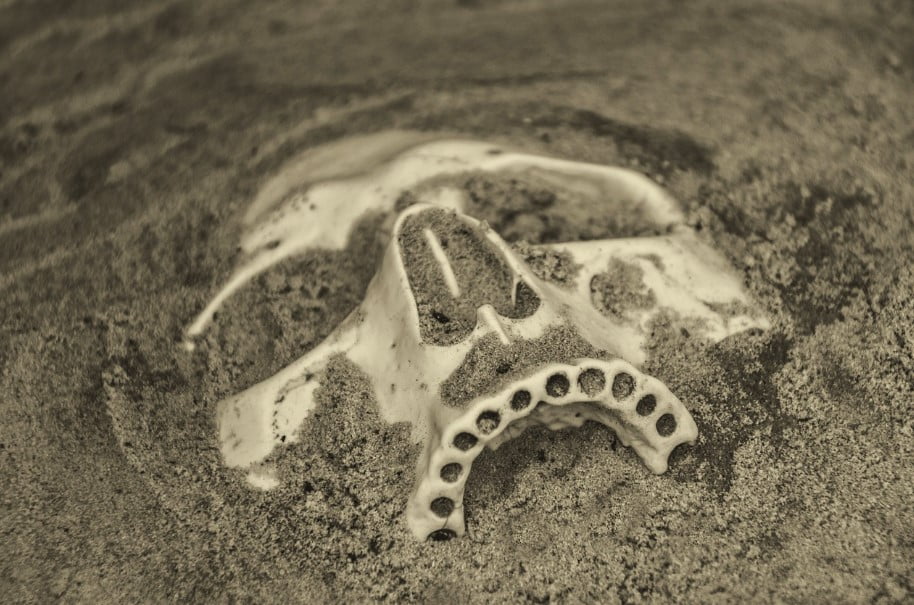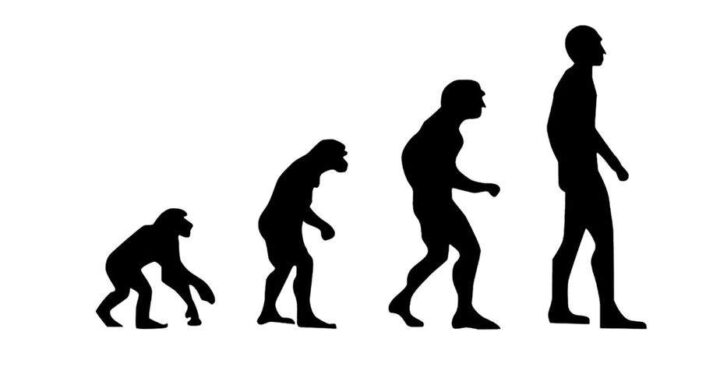Share with friends:
This is an age-old puzzle that has perplexed scholars and ignited imaginations for generations. It is the question of who lived on Earth before Adam and Eve, the iconic figures of biblical creation.
The story of Adam and Eve is a prominent narrative in Abrahamic religious traditions, including Christianity, Judaism, and Islam.
According to these religious texts, Adam and Eve were the first human beings created by God. As a result, the belief is that there were no human beings living on Earth before them.
So, who is telling the truth and who is not?
Our journey into this puzzle takes us back in time, where we open the pages of history full of tales of mysterious predecessors who left their mark on our planet.
Religious Beliefs & Science
Adam was the first human created by God, and Eve was created from one of his ribs. This story is typically associated with the book of Genesis in the Bible. The Bible also provides genealogies that link Adam to later figures, such as Noah and Abraham.
Based on these genealogies and some interpretations of biblical passages, it’s estimated that Adam and Eve would have been created by God approximately 6,000 to 10,000 years ago. This dating is derived from adding up the ages of the individuals listed in the genealogies and the events mentioned in the Bible.
However, it’s important to note that this dating is a matter of religious interpretation and is not supported by modern scientific understanding, which places the emergence of anatomically modern humans (Homo sapiens) in Africa around 200,000 years ago through the process of biological evolution.
It is also believed there were other hominin species, such as Homo neanderthalensis (Neanderthals) and Homo erectus, that lived on Earth.
So, to reconcile religious beliefs and scientific understanding, some individuals and religious groups interpret the story of Adam and Eve allegorically or symbolically, rather than as a literal historical account. This creates room for the coexistence of both perspectives.
Our journey into this puzzle takes us on a voyage through time, where we open the pages of history full of tales of mysterious predecessors who left their mark on our planet.
The Fossil Record: A Glimpse into the Past
In the following discussion, we set the stage by understanding the timeline of human evolution.

The fossil record serves as a compelling testament to the existence of early humans and their predecessors. Archaeological excavations and paleontological discoveries have unearthed skeletal remains and artifacts, that provide invaluable insights into the pre-Adam and Eve era.
1. Australopithecus: Our Distant Ancestors
One of the most significant discoveries in the study of human evolution is the Australopithecus genus. These hominids, which existed between 4 and 2 million years ago, are often considered our distant ancestors. Notable members of this genus include Australopithecus afarensis, famously represented by the fossil known as “Lucy,” and Australopithecus africanus. Their bipedalism and primitive tool usage marked significant steps in our evolutionary journey.
2. Homo habilis: The Handyman of Early Times
Around 2.3 million years ago, Homo habilis emerged as a pivotal figure in the prehistoric world. Nicknamed the “handyman,” Homo habilis is believed to have been the first hominid species capable of crafting tools. This newfound ability paved the way for our ancestors to adapt and thrive in a changing environment.
3. Homo erectus: The Globe-Trotting Explorer
Approximately 1.9 million years ago, Homo erectus made its grand entrance onto the stage of human evolution. This species demonstrated remarkable adaptability, spreading across continents and leaving a legacy of impressive achievements. From mastering fire to crafting more sophisticated tools, Homo erectus was undoubtedly a key player in shaping our prehistoric landscape.
4. The Puzzle of Pre-Adamite Civilizations
While the scientific community relies on fossil evidence and evolutionary theory to trace the origins of humankind, some individuals and groups believe in the existence of pre-Adamite civilizations. These beliefs propose that advanced societies existed before the biblical Adam and Eve, leaving behind mysterious relics and ancient knowledge.
5. The Lemurian and Atlantean Legends
Among the most enduring pre-Adamite legends are those of Lemuria and Atlantis. Lemuria is said to have been an ancient continent located in the Indian Ocean. It was home to a highly advanced civilization that predates Adam and Eve. Similarly, Atlantis is believed to have been a powerful island civilization that flourished in the Atlantic Ocean before its downfall.
The Nephilim Story Before Adam and Eve

The concept of the Nephilim is mentioned in the Bible, specifically in the book of Genesis. The Nephilim were a group of beings who lived on the Earth before the time of Noah. The exact nature and identity of the Nephilim is a subject of debate and interpretation.
In Genesis 6:1-4 (NIV), it is written:
“When human beings began to increase in number on the earth and daughters were born to them, the sons of God saw that the daughters of humans were beautiful, and they married any of them they chose. Then the Lord said, ‘My Spirit will not contend with humans forever, for they are mortal; their days will be a hundred and twenty years.’ The Nephilim were on the earth in those days—and also afterward—when the sons of God went to the daughters of humans and had children by them. They were the heroes of old, men of renown.”
The identity of the “sons of God” and the “Nephilim” is subject to various interpretations. Some believe that the “sons of God” were angels or divine beings who intermingled with humans, leading to the birth of the Nephilim. They were seen as giants or mighty warriors. Others interpret the Nephilim differently, perhaps as simply a group of powerful individuals from ancient times.
It’s important to note that the concept of the Nephilim is primarily found in the Hebrew Bible. Its interpretations can also vary among different religious traditions and scholars. There is no definitive historical evidence or consensus on who or what the Nephilim were. Their existence is thus a matter of faith and interpretation.
Evaluating the Evidence

While the legends mentioned above hold a certain fascination, it is essential to approach them with a critical lens. The absence of concrete archaeological evidence supporting the existence of Lemuria and Atlantis raises questions about their validity. Nevertheless, these legends continue to captivate the imaginations of many, highlighting our enduring curiosity about our pre-Adamite past.
While the scientific consensus points to our evolutionary lineage, the pre-Adamite civilization still persists. This leaves us with a tantalizing question that may never receive a definitive answer.
Therefore, the history of human existence is woven with threads of scientific discovery and mythological wonder. Whether we choose to embrace the established timeline of human evolution or explore other pre-Adamite legends, our curiosity about our predecessors remains.


0 Comments